The Places of Giovanni Verga in and around Catania: which ones to see
During the second half of the nineteenth century, literature, following the guidelines of Romantic poetics, persevered in the goal of exploring and spreading truth. Social tensions and clashes, amplified by the lack of satisfaction of the most basic needs and pressing demands for renewal, pushed and forced many writers, starting with Giovanni Verga, to develop a direct link with human and social reality. A reality characterized by unjust discrimination and deep-rooted atavistic resistance within the popular mentality, and precisely in Italy, more than in any other country, such a revelation of reality took on special importance, especially after the achievement of national unity. Thus verismo was born. Italian verist writers were faced with a seemingly insurmountable barrier and therefore adopted an attitude of melancholic reflection and static analysis, in which the famous writer Giovanni Verga, whose steps we will follow in and around Catania, Sicily, through twelve places important to him and his literary production, is placed in this article.
1. The Birthplace of Giovanni Verga (Catania).
We begin our journey in the footsteps of Giovanni Verga from his birthplace in Catania: an apartment located on the second floor of a sumptuous 19th-century building. Here the writer spent his childhood years and resided there for prolonged periods, surrounded by his close family and friends. After the death of Giovannino Verga Patriarca, the writer’s heir, this mansion changed hands and now belongs to the Region of Sicily, which, after a thorough restoration process, opened its doors to the public. Inside this precious environment are carefully preserved original furnishings and a collection of books that belonged to Giovanni Verga, tangible evidence of his life and literary influences. The original walnut furniture from the family’s estate in Vizzini and the writer’s very rich private library can still be found.
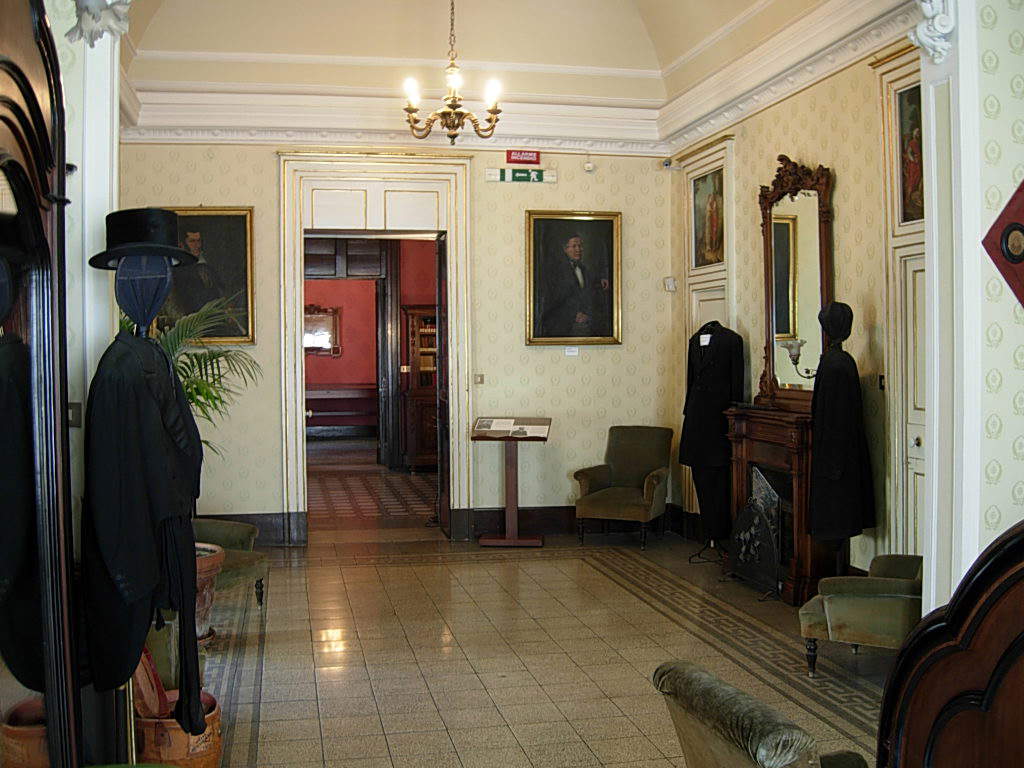
2. The church and convent of San Benedetto (Catania)
“What I felt when I saw my beloved father waiting for me in the parlor!.... What I felt when I laid my trembling hands on that grate! I would have liked to throw myself into his arms, and that hard, cold grate stood there, between us, between the father and the daughter who saw each other again after having been on the verge of never seeing each other again.” With these words the veristic writer Giovanni Verga describes the parlor of the monastery of St. Benedict in his epistolary novel Storia di una capinera. The parlatory constituted the meeting place for visiting nuns and relatives, a sort of crossroads where the outside world and the monastic reality physically, if only partially, joined. In the Monastery of St. Benedict, the parlor, in addition to visiting relatives, was also used for school-family meetings when the St. Benedict School Institute was active. Inside this room, seven grates can be seen through which the nuns of the convent could conduct talks with those who approached the monastery. However, contact was filtered by the presence of the grates themselves, preventing any kind of direct physical contact.
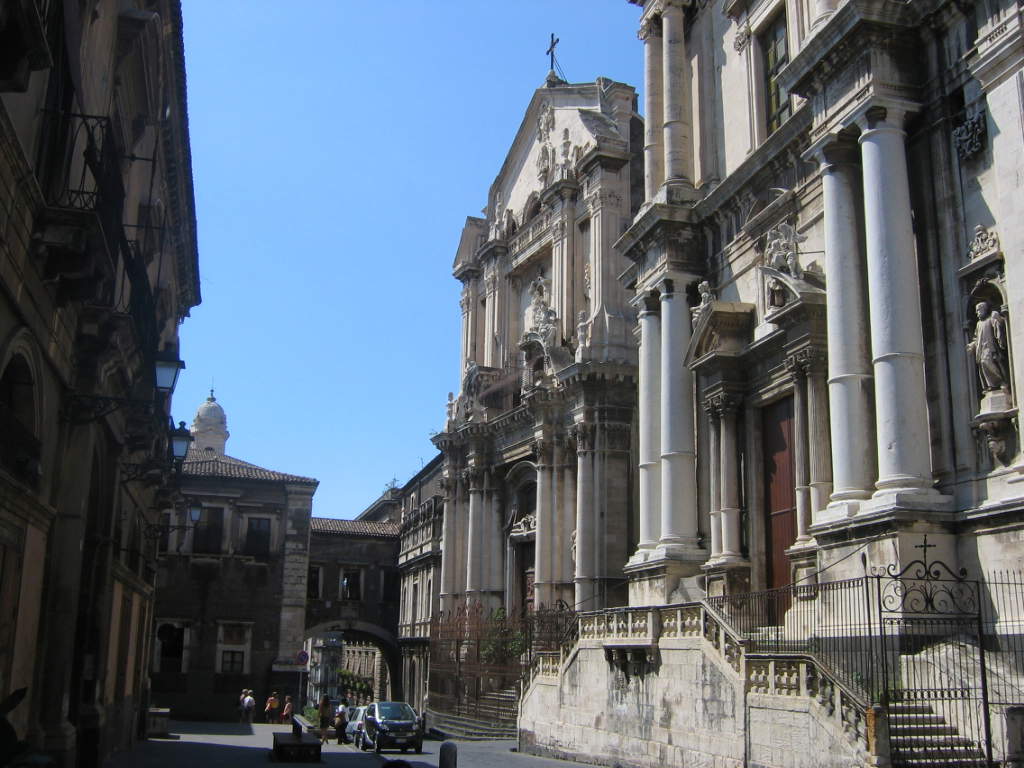
3. The fountain of the Malavoglias (Catania).
Dedicated to the tenth chapter of the famous novel entitled I Malavoglia, the fountain in Piazza Giovanni Verga stands as a monument that is both spectacular and stark. It represents Providence: a boat of a Sicilian fishing family, the Malavoglias, who lived in the town of Acitrezza. Here the sculptor Carmelo Mendola staged this particular passage from Verga: “At this moment a crash was heard: the Providence, which had previously been bending over on its side, detected itself like a spring, and briefly nonsbalzo all into the sea; the antenna together with the sail fell on the broken boat like a thread of straw. Then a voice was heard shouting, - Ouch! As of one about to die. Now, when the sea and the wind cry out together, there is nothing more frightening than not hearing the voice calling back.” The protagonists of the sculptural group are precisely young Ntoni and old master Ntoni overcome by the storm.
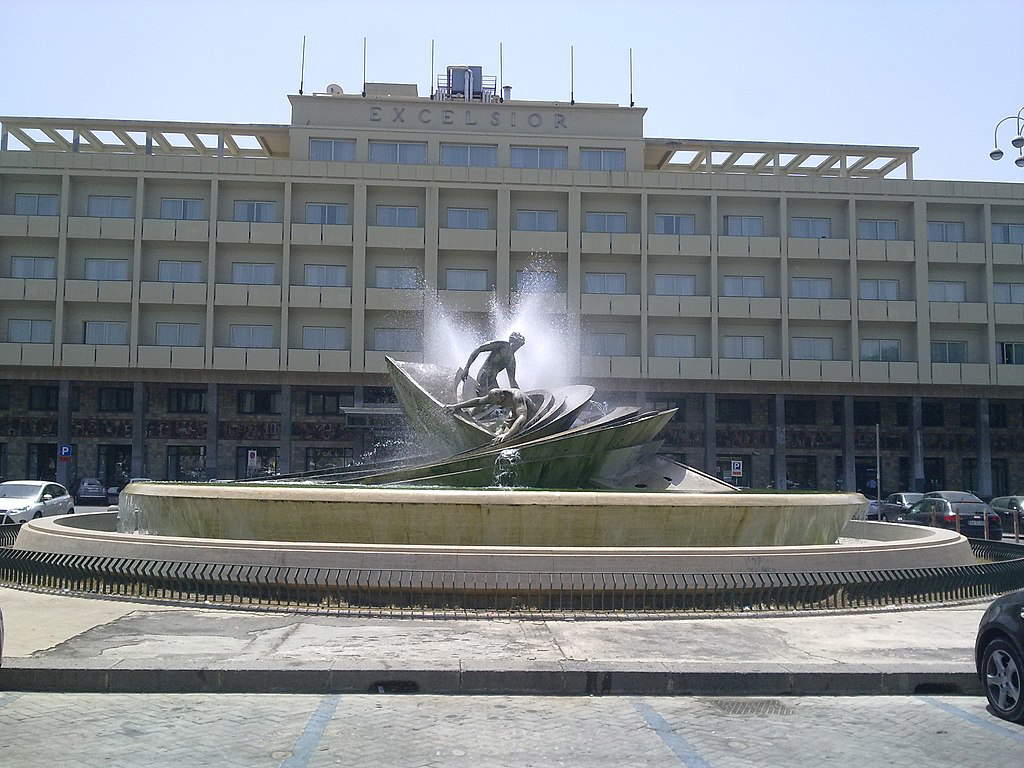
4. Monserrato district (Catania)
In this district of the city of Catania Giovanni Verga set the 1878 novella Rosso Malpelo, which tells the story of a red-haired boy. The genesis of the neighborhood is intertwined with the construction of an oratory by the religious of the Confraternity of Maria Santissima di Monserrato in 1672 in an eastern part of Catania. Immediately after the 1693 earthquake that devastated the city, the Church of Our Lady of Monserrato was erected next to the oratory, and from then on the neighborhood was identified with the name Monserrato.
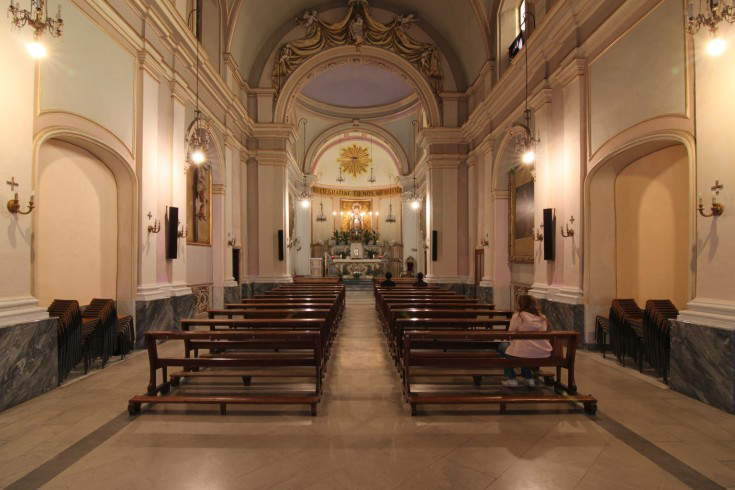
5. Aci Castello
The traveler in the writer’s footsteps will not be able to ignore the “Giovanni Verga Tourist Route” in the municipality of Aci Castello: an itinerary, this one, that passes through the places that inspired his writings. Here the walk is proposed that winds along the coast between Acicastello and Acitrezza and includes places such as Trezza Castle, Verga’s bust, Luchino Visconti Square, and the Casa del Nespolo, which houses the La terra trema Museum. Or again you could follow the “Fantasticheria” route: a romantic boat tour with lampara boats during which you listen to legends and novellas told by fishermen just as the Malavoglias did.
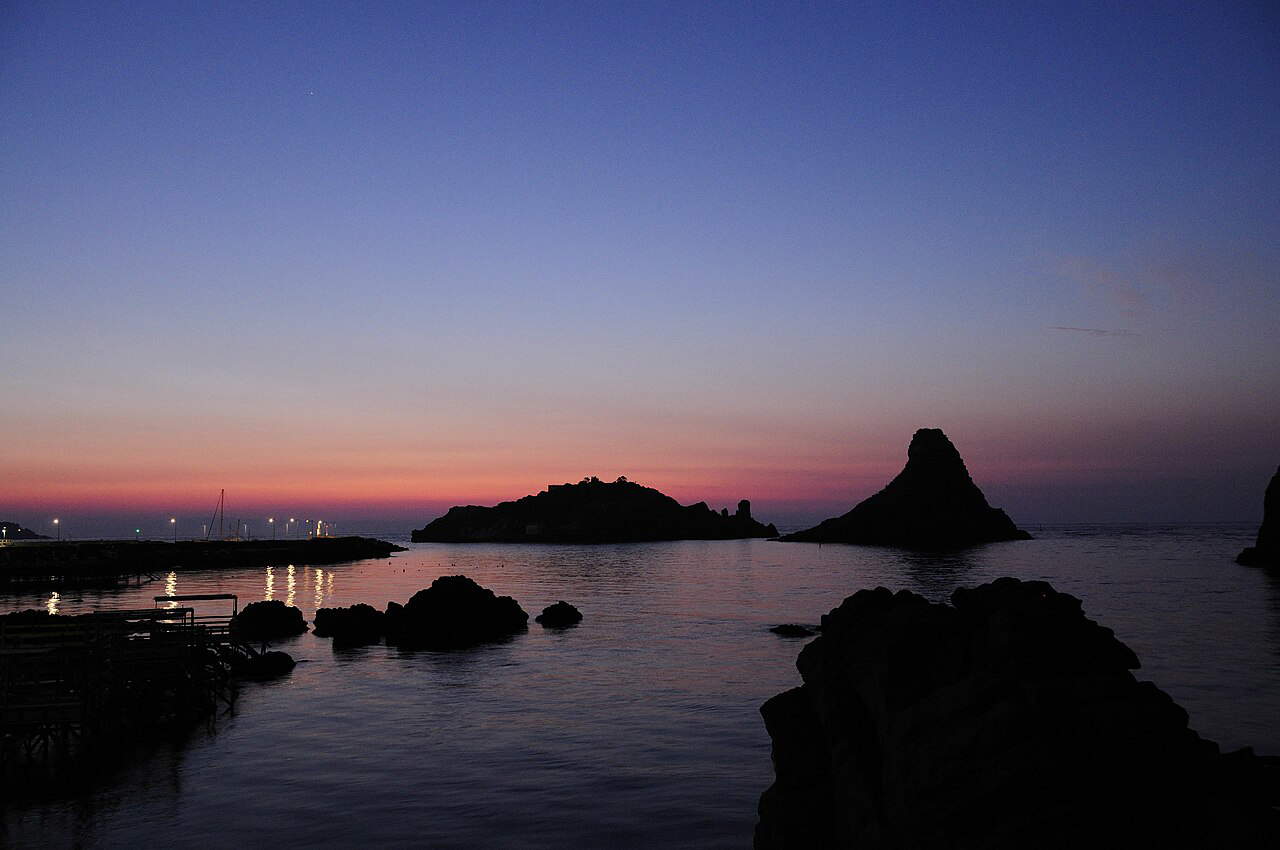
6. The Medlar House Museum (Aci Trezza).
To continue the journey to discover the story of the Malavoglias, one will also not pass by their home, which comes alive at the Casa del Nespolo Museum, set up in a palace in the center of the ancient seaside village of Aci Trezza. Episodes such as the marriage between Mena and Brasi Cipolla, whose marriage is said to have been the village’s most good-natured party, take place in the house. The architectural structure, in typical 19th-century Sicilian style, has a courtyard, a small vegetable garden and an entrance with a lava stone arch. Inside, there are two rooms: the first is called “La terra trema” (The Earth Trembles) and houses photos, posters and testimonies of the famous film by Luchino Visconti shot in Acitrezza in 1947, with local actors in the cast. The second room, called “Room of the Malavoglias,” displays artifacts and tools from the life of 19th-century Acitrezza fishermen, including Giovanni Verga’s snapshots and letters to his brother Pietro.
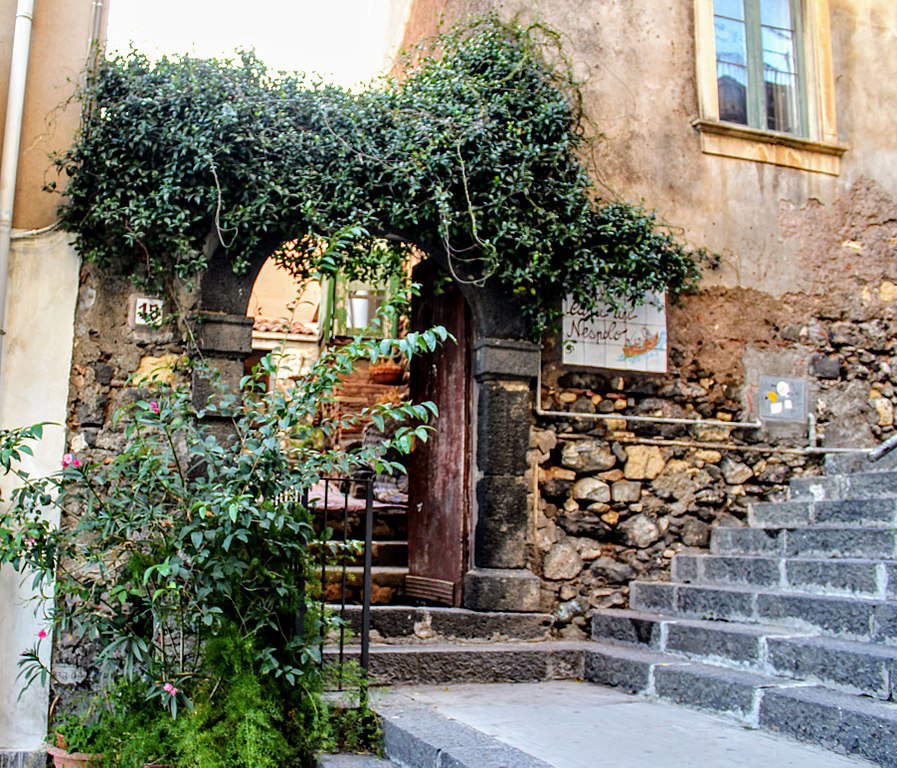
7. Trao Ventimiglia Palace (Vizzini).
The events of Mastro don Gesualdo begin at Palazzo Trao when, while people were sleeping, suddenly a general commotion was heard and everyone rushed to the front where a fire had just broken out. Today a selection of original documents reconstructing the Verga’s literary fortunes is housed here, and a collection of his photographs, such as the one in the company of writer Luigi Capuana, is also on display. Here Verga is celebrated through literary paths during which a number of actors come out of alleys and small porticos acting among the people who become protagonists. Along the walk we also pass by the square of Santa Teresa from Cavalleria Rusticana, to the Verga Catalan palace where Verga elaborated many of his works.
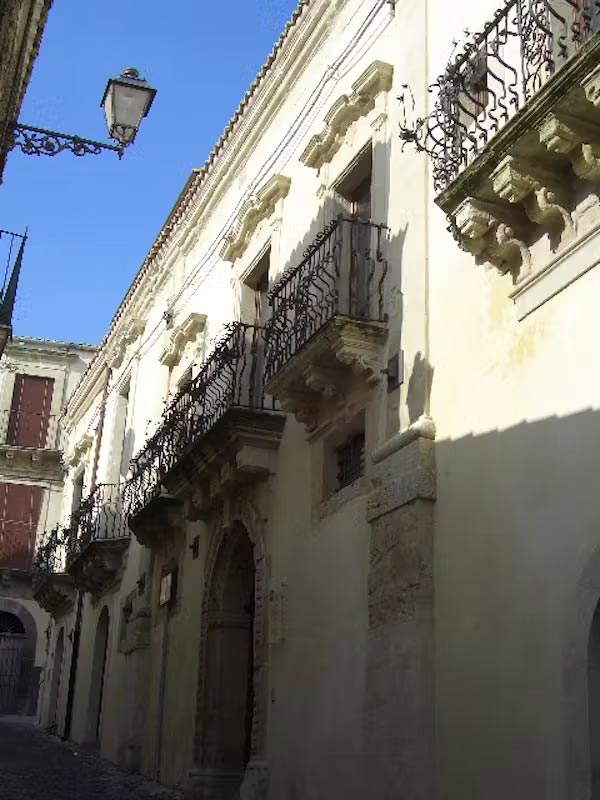
8. Sganci Palace (Vizzini)
In “Mastro don Gesualdo,” Palazzo Sganci is evoked as the place where Verga imagined the arranged meeting between Bianca Trao and Gesualdo Motta during the festive procession of San Gregorio Magno, in the presence of relatives. Until the 19th century, this aristocratic residence belonged to Luigi La Rocca, a distinguished dean and historian. La Rocca wrote several essays on local history and traditions, earning the title of Count of Montelauro in recognition of his merits.
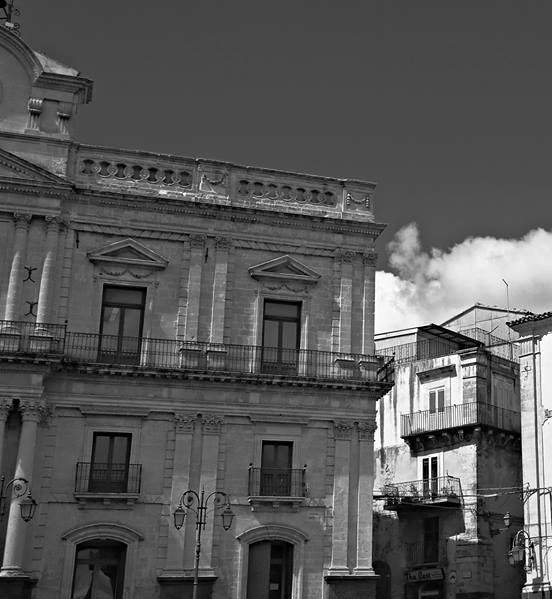
9. The church of Sant’Agata (Vizzini).
The novel Mastro Don Gesualdo, set between Vizzini, Giovanni Verga’s hometown, and Palermo between 1820 and 1848, describes the church of Sant’Agata with its altarpiece as the place where the wedding between Bianca Trao and Gesualdo Motta takes place. Built in the Angevin period, before the 1693 earthquake, this church originally featured a square bell tower with intricate snail-shaped interior that was a work of carving made by French hands during the reign of Charles of Anjou, prior to the Sicilian Vespers. After the earthquake, the church was rebuilt and joined to the nearby Church of St. Peter, which had been built in 1390 but was also destroyed by the earthquake. The interior structure has three naves, embellished with stuccoes, while its refined stone-carved façade is decorated with pilasters equipped with capitals. The apse preserves the ancient wooden high altar with a painting depicting the martyrdom of St. Agatha, a work by Bonino Pingebat made in 1614.
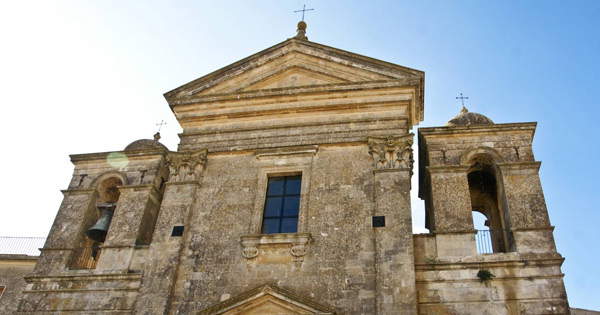
10. Bronte
Published on March 12, 1882 in the magazine “Domenica letteraria” and later included in the Novelle rusticane, Libertà is a novella rooted in a real historical event. It represents an eloquent example of how Verga’s short narrative lends itself effectively to the analysis of socio-historical phenomena in Sicily. The inspiration and beginning of the story stem from the tragic events in Bronte, which took place between August 2 and 5, 1860, during the Expedition of the Thousand. At that time, the arrival of Garibaldi and the promise of a fair distribution of state land to solve the problem of latifundia in the hands of local “galantuomini” had raised hopes for freedom and progress. It will be possible to visit the bell tower from which “they waved a three-colored handkerchief, rang the bells in a flock, and began to shout in the square, ”Long live freedom!"
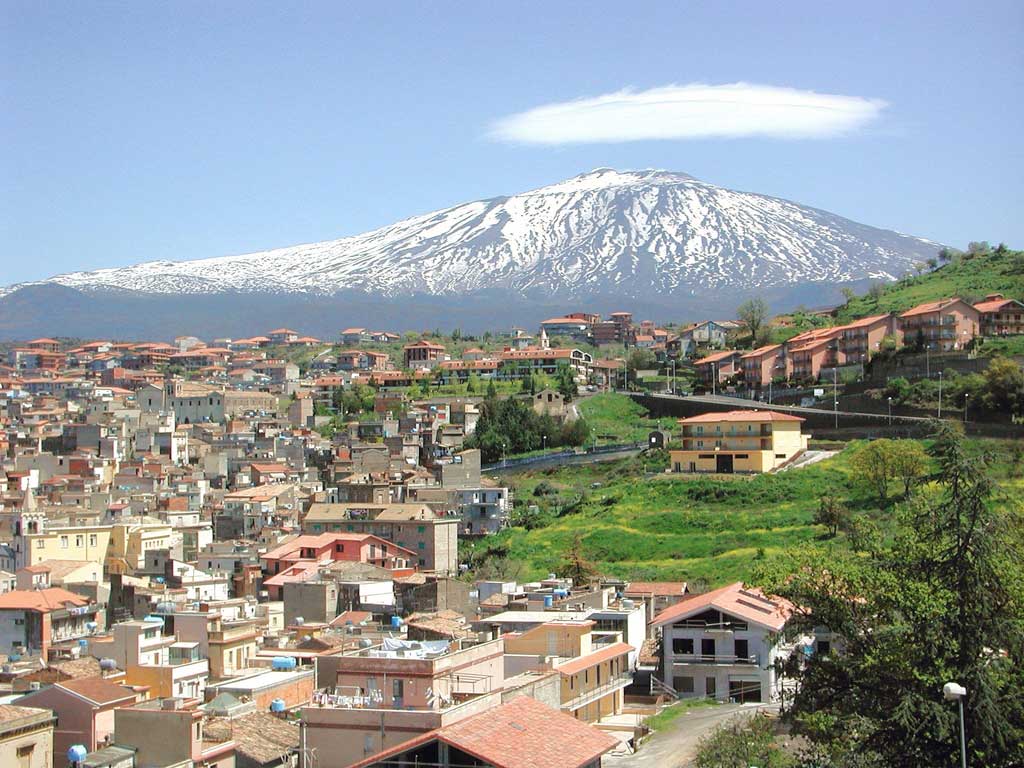
11. The Castle of Aci
“For the sea has no country either, and it belongs to all those who listen to it, on this side and on that side where the sun rises and dies, indeed at Aci Trezza it has its own way of rumbling, and you can recognize it at once at the gurgling it makes among those rocks into which it breaks, and it seems the voice of a friend.” The imposing Castle of Aci, a majestic Norman manor overlooking the sea, offers us the opportunity to explore a different side of Verga. Here, the writer creates a unique setting for the short story “The Stories of Trezza Castle,” published in four parts from Jan. 17 to Feb. 7, 1875. Characterized by a dark atmosphere and Gothic suggestions, the work unfolds as a gripping mystery and differs markedly from Verga’s veristic style, which is used to describing the lives of the less well-off. This work represents the author’s foray into the fantasy genre, showing us an unusual aspect of his fiction. Aci Castello owes its name to the castle built in 1076 by the Normans on a nearby hill of lava stone. However, the history of this place has even deeper roots: originally, in the 7th century, the Byzantines erected a first fortress on an ancient fortification dating back to the Roman period, which may date back to 38 and was known as Castrum Jacis. This site was intended to protect the population from enemy incursions. During the Middle Ages, the castle became the fundamental hub for the development of the surrounding area, and during the Norman era, the first settlement emerged around the castle, giving rise to the first village.
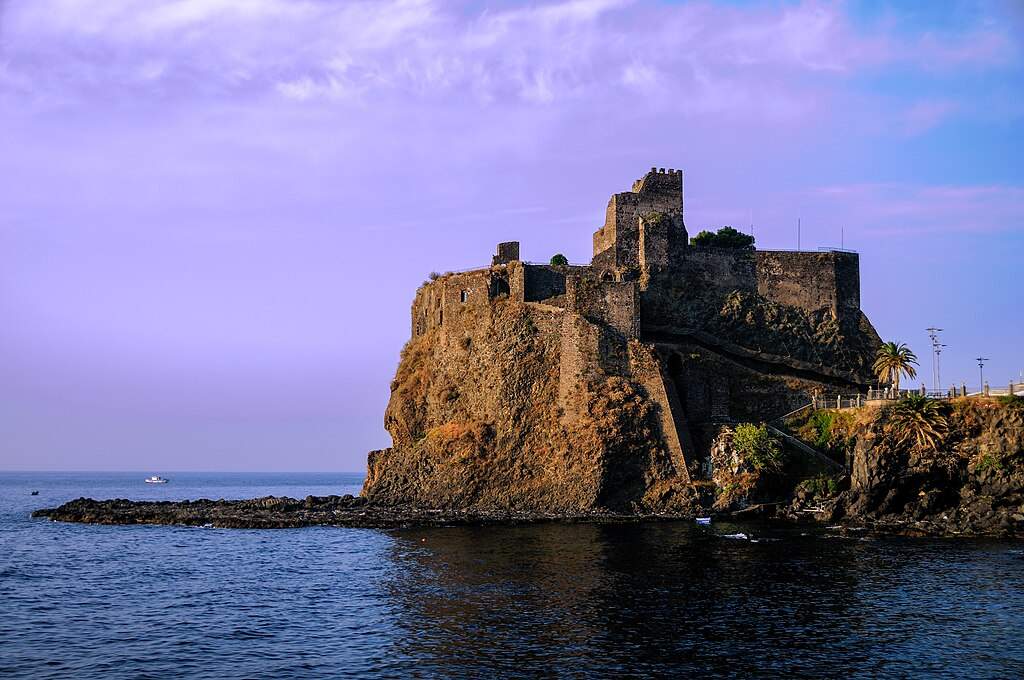
12. Rubiera Palace (Vizzini)
In the mansion of Palazzo Rubiera, the baroness resided, and it was here that the intricate plots narrated in the novel “Mastro don Gesualdo” unraveled. This imposing building was part of the inheritance of an ancient aristocratic family of Vizzini, and it still seems to glow with the elegance of the sumptuous parties when everyone was enraptured by the gossip regarding the wedding between Don Gesualdo and Bianca. Although the structure, with roots probably in the 18th century, is now shown to be reduced to the perimeter walls and a few ruins, there are visible traces of the first palace of the Verga family, a memory still alive in time.
 |
| The Places of Giovanni Verga in and around Catania: which ones to see |
Warning: the translation into English of the original Italian article was created using automatic tools. We undertake to review all articles, but we do not guarantee the total absence of inaccuracies in the translation due to the program. You can find the original by clicking on the ITA button. If you find any mistake,please contact us.



























